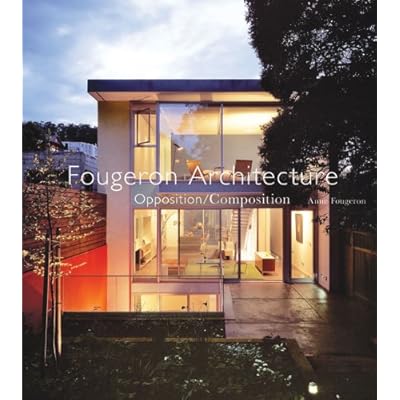The Big Problem
After eight years away, my daughter moved back to San Francisco in early 2015. College had taken her to the Midwest and later on, a job moved her to the East Coast. When she moved back, a little over a year ago, she was exhilarated. The plan had always been to come back to California.
She called me the second or third week she was back. She was uneasy—while the restaurant and food culture still flourished, her city felt unfamiliar. I thought she would comment on the influx of techies, the unavoidable mark Silicon Valley had made on the city once again. No, she was unnerved by a city that was expanding rapidly without fixing its foundation. The problems she had seen in the city growing up had been amplified.
While San Francisco’s small 7×7 dimensions expand, to include new high rises, new apartment complexes, new headquarters, the streets become smaller. . There is so much that is new in the city but we seem to have forgone fixing the problems of old.
Traffic is a part of the city’s infrastructure and anyone commuting between 4:30-7:30pm knows this. The MUNI continues to run irregularly and its aboveground system prevents public transportation from being impervious to traffic. BART still shuts down amidst overuse and electrical problems
But worse yet and what is most troubling is the homelessness population. My daughter had recently lived in Boston, Chicago and New York and couldn’t believe the difference. Our streets are not only littered with trash but with people: unconscious or just asleep. Ending an evening commute at Civic Center means enduring an onslaught of displaced peoples, some who are just trying to right their lives and others who have given up entirely.
It’s hard for me not to give up too.
After over 30 years in the Bay Area, I’ve somewhat adjusted to our nomadic population. It is a sad reality of living in any major city. However, in the last decade, the problem has grown exponentially. People are not receiving any mental or health care, the systems in place to help them are broken and broke. I have been attacked outside of a Safeway 300 feet from my house, I have been punched in the back while walking my dog along mission. I have had friends followed for blocks, lunged at with knives and seen too many needles to count as I walk through my city. I avoid walking if I know it will take me along certain stretches of Market Street or Mission.
Now a days, every San Franciscan has endured a (recent) commute in which someone that is unstable launches into a tirade. In these moments, you are afraid for your own safety but also for them. There is no way of determining if this is another lost soul, one who society has cast aside or if this is a true risk. There is no way to know if this outburst stems from anger, lack of health care or is induced by drugs. This ambiguity creates further hostility between people lacking resources and the people who have them, because there is an ever-present threat. A threat between safety and home, a threat between freedom and society.
Something has to be done. Because it is intolerable for both parties: we deserve to feel safe and cared for. No one should feel fear walking in the middle of the day in their city.






